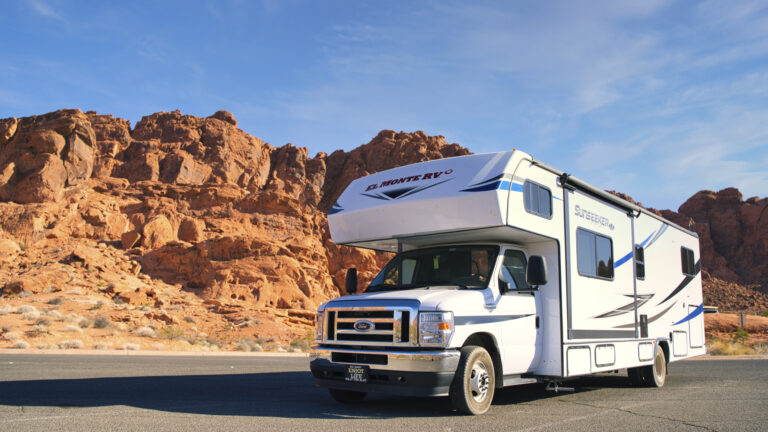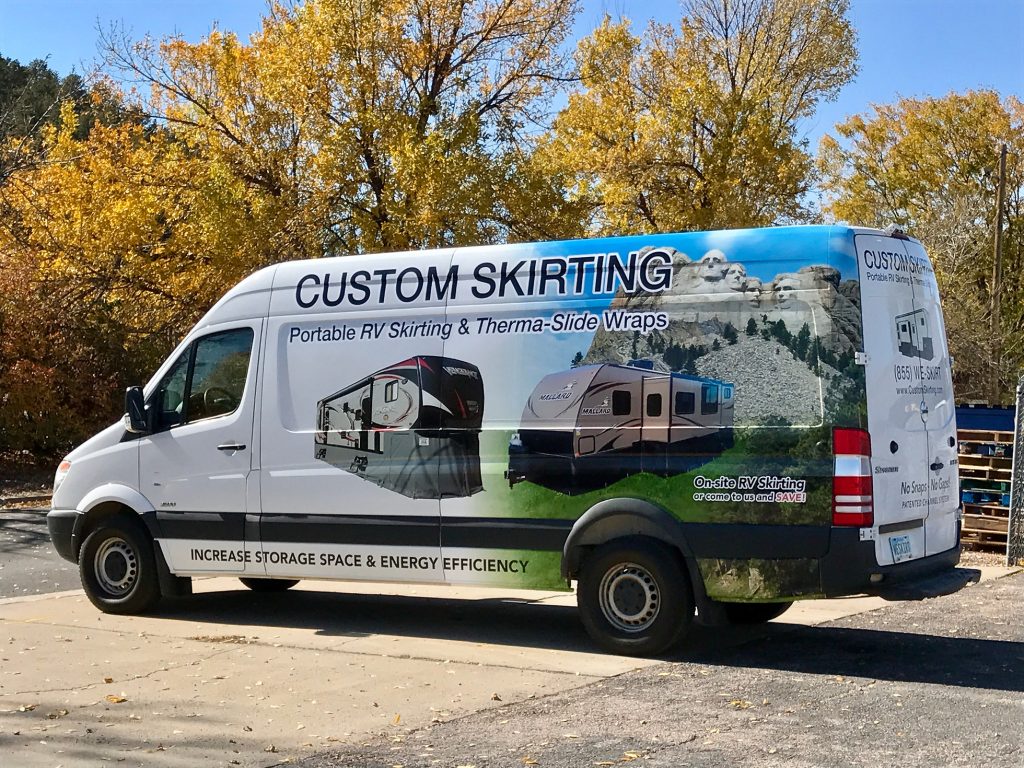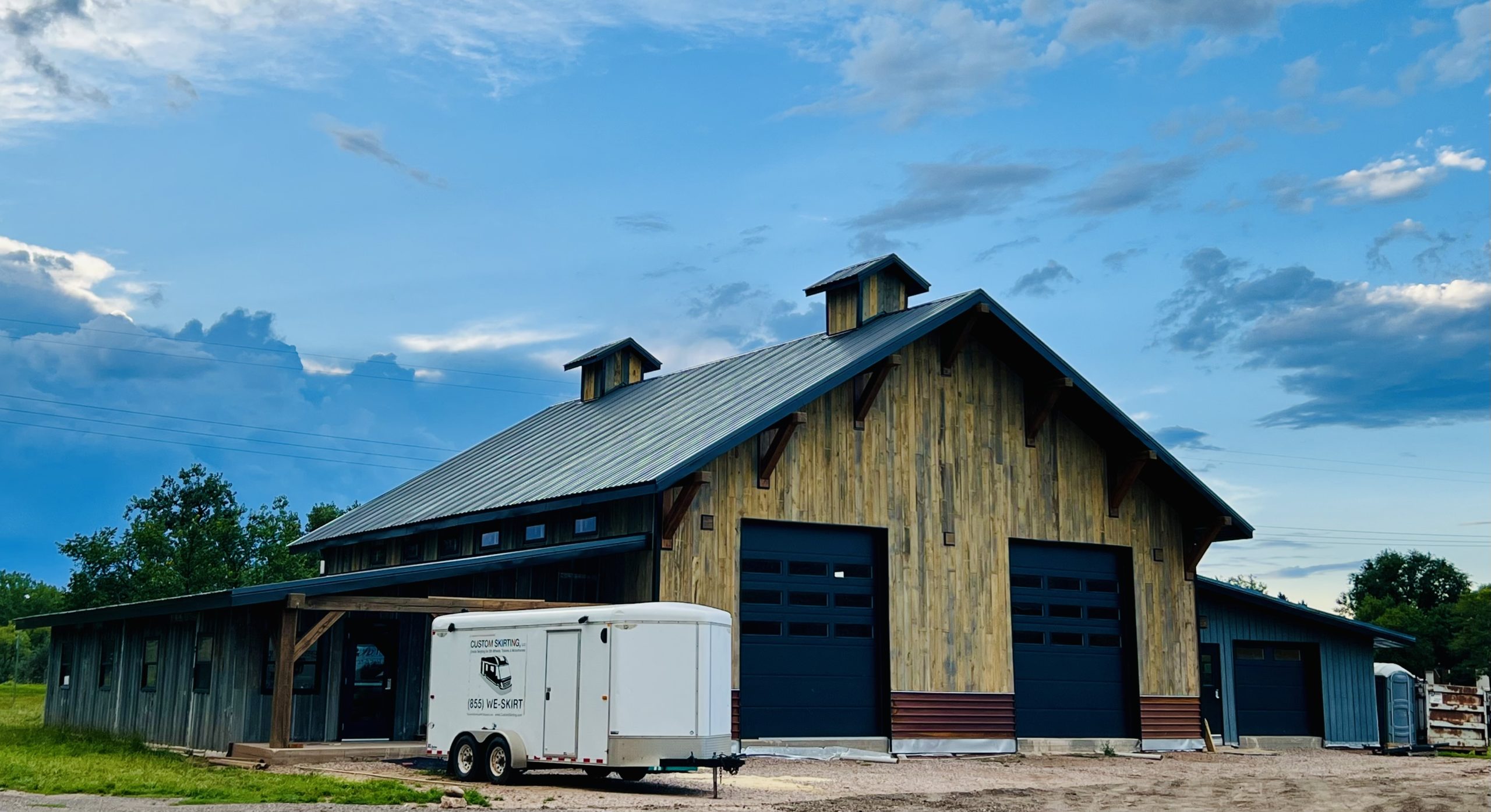Table of contents
When planning an RV trip, one of the most critical factors to consider is RV tank capacities. Whether you’re wondering, how many gallons does an RV hold? or how much water does an RV hold?, understanding your vehicle’s fuel, freshwater, greywater, and blackwater capacities can significantly impact your travel plans, costs, and convenience. The typical RV holding tank size varies widely depending on the class and model of the RV. Knowing how much water does a camper hold is essential for boondocking, ensuring a reliable water supply, and avoiding frequent stops for refills or dumps. Additionally, the RV water tank size influences how long you can travel before needing maintenance.
This guide breaks down the different types of RV tanks, their capacities, and how they impact your journey. From fuel efficiency to water conservation, we’ll cover everything you need to know about managing RV tank sizes effectively. Understanding these details can help you travel more efficiently, reduce unnecessary expenses, and enjoy a hassle-free RV experience.
Understanding Different RV Tank Types
An RV has several tanks that serve different functions. Understanding these tanks and their sizes helps RVers plan refueling stops, estimate water usage, and manage waste disposal efficiently.
Fuel Tanks
RV fuel tanks determine how far you can travel before needing to refuel. Fuel tank capacities vary depending on the RV class and type of fuel used.
- Class A motorhomes: Typically 70-150 gallons
- Class B motorhomes: Around 25 gallons
- Class C motorhomes: Usually between 30-70 gallons
- Towable RVs: Depend on the tow vehicle’s tank size
Larger diesel tanks offer greater efficiency but require strategic planning to avoid running low in remote areas. The size of your fuel tank directly impacts how often you’ll need to stop for gas, which is an important factor in trip planning, especially in areas with fewer fueling stations.
Freshwater Tanks
Freshwater tanks store clean water for drinking, showering, and cooking. The typical RV holding tank size for freshwater depends on the RV class:
- Class A: 80-100 gallons
- Class B: 20-35 gallons
- Class C: 35-60 gallons
- Travel trailers & fifth wheels: Vary widely (20-100 gallons)
Knowing how much water does a camper hold is crucial, especially for off-grid camping. Larger tanks offer extended travel capability, but they also add weight to the RV, which can impact fuel efficiency and maneuverability.
Greywater Tanks
Greywater tanks collect water from sinks and showers. Their capacities usually align with freshwater tanks, ensuring efficient water management.
- Class A: 60-80 gallons
- Class B: 15-30 gallons
- Class C: 25-50 gallons
- Travel trailers & fifth wheels: 20-80 gallons
If the RV water tank size is small, frequent dumping may be necessary. Some RVers use water-saving techniques like capturing excess water from dishwashing for toilet flushing to extend their greywater tank usage.
Blackwater Tanks
Blackwater tanks hold waste from the RV toilet. These tanks typically have smaller capacities than greywater tanks due to waste breakdown requirements.
- Class A: 40-60 gallons
- Class B: 10-25 gallons
- Class C: 25-40 gallons
- Travel trailers & fifth wheels: 20-50 gallons
Proper disposal of blackwater is essential for sanitation and environmental safety. Many RVers use biodegradable toilet paper and water-saving flush techniques to maximize tank capacity.
RV Fuel Tank Capacities by Class
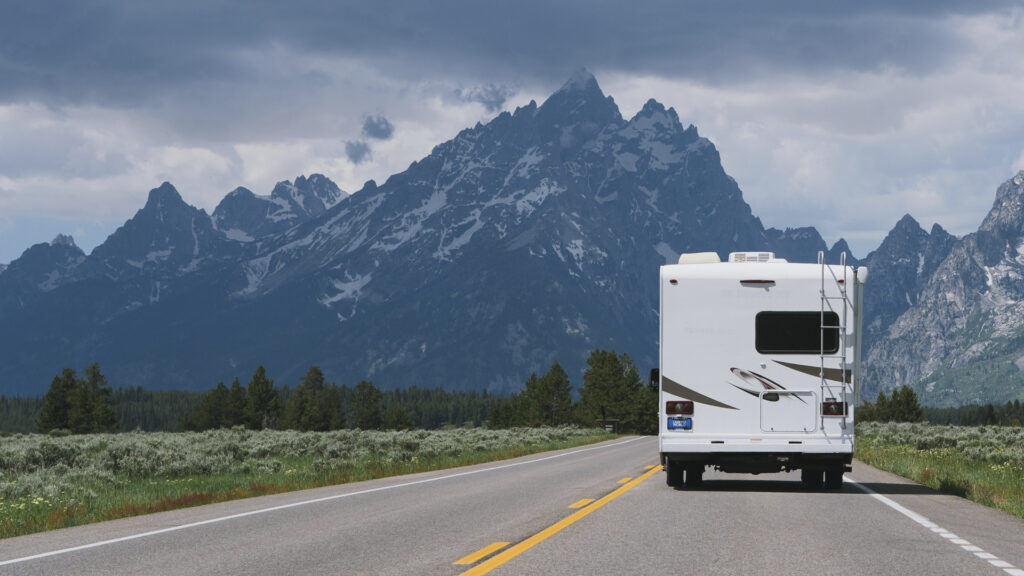
Class A Motorhomes
Class A motorhomes have the largest fuel tanks, typically ranging from 70-150 gallons. These large tanks support the RV’s size and weight but come with lower fuel efficiency (6-8 MPG). Diesel options generally offer better mileage, but they require specialized fueling stations, which may not always be available in remote areas.
Class B Motorhomes/Camper Vans
Class B RVs, or camper vans, have smaller fuel tanks (around 25 gallons) but compensate with better fuel efficiency (15-18 MPG). Their compact size allows for fewer refueling stops compared to larger RVs, making them ideal for solo travelers or couples on short trips.
Class C Motorhomes
Class C motorhomes have moderate fuel capacities, ranging from 30-70 gallons. With an average efficiency of 10-13 MPG, Class C RVs balance fuel economy with travel range, making them popular among families and long-distance travelers.
Travel Trailers and Fifth Wheels
Since towable RVs don’t have their own fuel tanks, the towing vehicle’s tank size and fuel efficiency determine travel range. Heavy trailers reduce MPG, making fuel economy an important factor. Choosing a fuel-efficient tow vehicle can save money in the long run.
Water Tank Capacities by RV Class
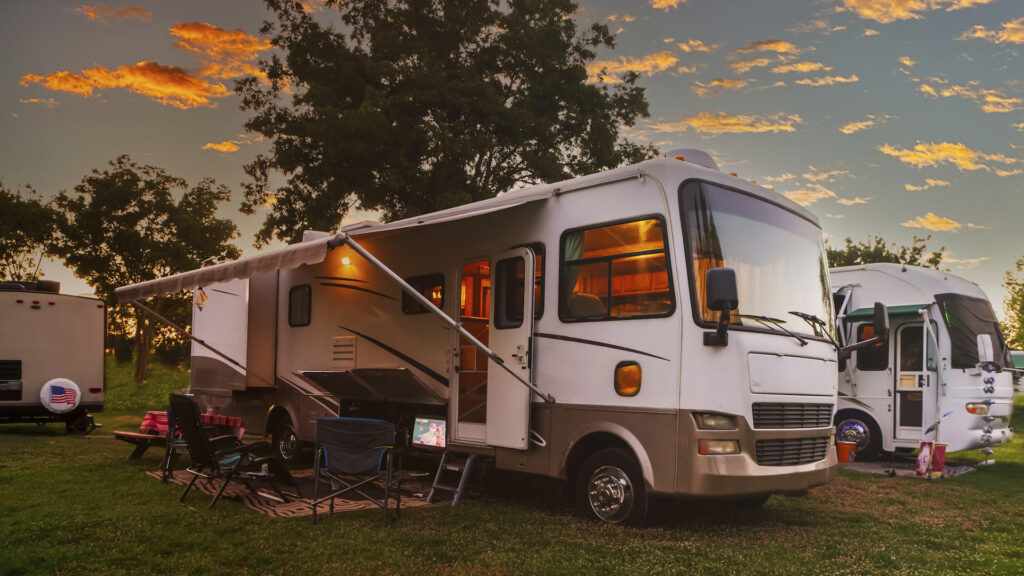
Class A Motorhome Water Capacities
- Freshwater: 80-100 gallons
- Greywater: 60-80 gallons
- Blackwater: 40-60 gallons
Class A motorhomes are ideal for long trips due to their large RV water tank size. However, their high water usage requires careful planning to avoid running out unexpectedly.
Class B Motorhome Water Capacities
- Freshwater: 20-35 gallons
- Greywater: 15-30 gallons
- Blackwater: 10-25 gallons
Smaller tanks require frequent refills and dumps, making conservation crucial. Many Class B RVers rely on campground facilities to extend water supply.
Class C Motorhome Water Capacities
- Freshwater: 35-60 gallons
- Greywater: 25-50 gallons
- Blackwater: 25-40 gallons
A balance between convenience and capacity makes Class C motorhomes versatile. They offer sufficient water storage for extended trips while remaining easy to manage.
Travel Trailer and Fifth Wheel Water Capacities
Water storage in towable RVs varies greatly, with small trailers holding around 20 gallons and larger fifth wheels holding up to 100 gallons. Choosing the right water capacity depends on travel style and access to refill stations.
Factors Affecting Tank Capacity Usage
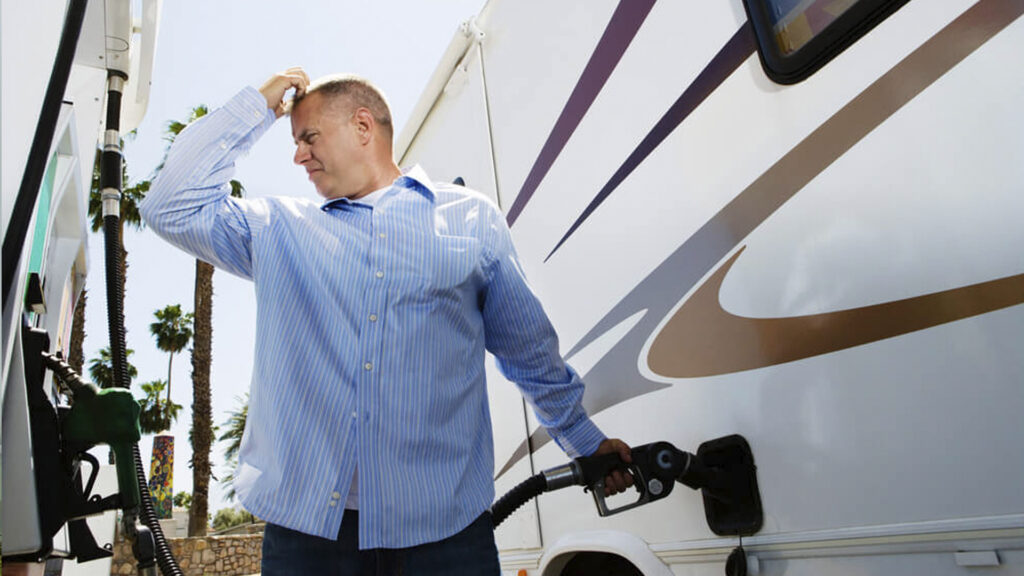
Fuel Efficiency Factors
Driving habits, terrain, and maintenance affect fuel efficiency. For instance, increasing speed from 60 to 70 MPH can reduce efficiency by 7%. Keeping up with routine maintenance, such as changing air filters and checking tire pressure, can maximize mileage. Additionally, understanding factors like how much water does a camper hold can help plan trips more efficiently, balancing weight and fuel consumption.
Water Conservation Strategies
To extend water supply, consider:
- Taking navy showers (quick, minimal water use)
- Using biodegradable wipes instead of washing hands frequently
- Collecting and reusing water when possible
- Using water-saving faucet attachments
Planning Your RV Trip Around Tank Capacities
Calculating Fuel Costs and Range
To calculate fuel costs:
- Formula: (Trip Distance ÷ MPG) × Gas Price
- Example: A 500-mile trip in a Class A RV (7 MPG) with gas at $3.50/gallon:
- (500 ÷ 7) × 3.50 = $250 in fuel costs
Water Usage Planning
Plan water needs based on:
- Number of travelers: More people = more water used
- Trip duration: Longer trips require refills
- Camping style: Boondocking requires careful conservation
Finding reliable water fill and dump stations helps avoid running out of water unexpectedly.
Understanding how many gallons does an RV hold is key to trip planning and budgeting. Whether considering RV fuel tanks, RV water tank size, or typical RV holding tank size, knowing your RV’s capacities ensures smoother travel experiences. By optimizing water and fuel usage, you can enjoy extended trips with minimal interruptions.
Stay Hydrated and Hassle-Free at Black Hawk Creek RV Park
Managing your RV’s water supply is essential for a smooth and stress-free adventure. At Black Hawk Creek RV Park & Cabins, you won’t have to worry about running low—our full-hookup sites ensure easy access to water so you can focus on enjoying your trip. Located in the heart of South Dakota, we’re the perfect base camp for exploring Mount Rushmore, the Badlands, and beyond.
Book your stay today and experience the convenience of a well-equipped RV park!



